The 395 clutch disc assembly pressure plate realizes power transmission control through the dynamic process of "pressing-separating". When the pressure plate presses the clutch disc under the action of the spring, the friction plate and the flywheel surface form a stable friction interface, and the power is transmitted to the gearbox input shaft through the pressure plate. This process relies on the uniform pressure of the pressure plate on the clutch disc, and its pressure distribution accuracy directly affects the power transmission efficiency. If the flatness of the pressure plate exceeds the tolerance or the pressing force is uneven, it will cause local slippage, causing power interruption or transmission efficiency reduction.
This component is made of high-strength carbon steel, and its structural design fully considers the balance between mechanical properties and durability. The surface of the pressure plate is strengthened by heat treatment, and the hardness reaches HRC45-50, ensuring that the surface integrity is maintained under frequent friction conditions. At the same time, the connection between the pressure plate and the flywheel adopts a high-precision positioning pin design, and the assembly error is controlled within 0.05mm to avoid stress concentration caused by centering deviation. In addition, the pressure plate spring adopts a gradual stiffness design, which provides soft buffering when lightly loaded and maintains stable clamping force when heavily loaded, taking into account both shifting comfort and power transmission efficiency.
Aiming at the common wear and ablation problems of the clutch pressure plate, this component builds double protection through material selection and process control. The friction surface adopts a composite structure of high-carbon alloy steel matrix + copper-based powder metallurgy friction layer, and the friction coefficient is stable in the range of 0.35-0.45, taking into account both wear resistance and thermal decay resistance. 100% flatness detection and dynamic balancing verification are implemented during the production process to ensure that the pressure plate warpage is ≤0.3mm and the imbalance is ≤20g·cm. In addition, the key mating surfaces are protected by lithium-based grease to effectively suppress the risk of jamming caused by rust and extend the service life of the components.
The 395 clutch disc assembly pressure plate has built a reliable power transmission stability guarantee system through precise power transmission mechanism, optimized structural design and strict fault prevention measures. Its performance depends not only on the optimization of a single parameter, but also on the collaborative innovation of material science, mechanical design and manufacturing process. In the future, as new energy vehicles place higher demands on transmission system efficiency and reliability, lightweight design and intelligent monitoring technology of this component will become an important development direction.
 English
English русский
русский
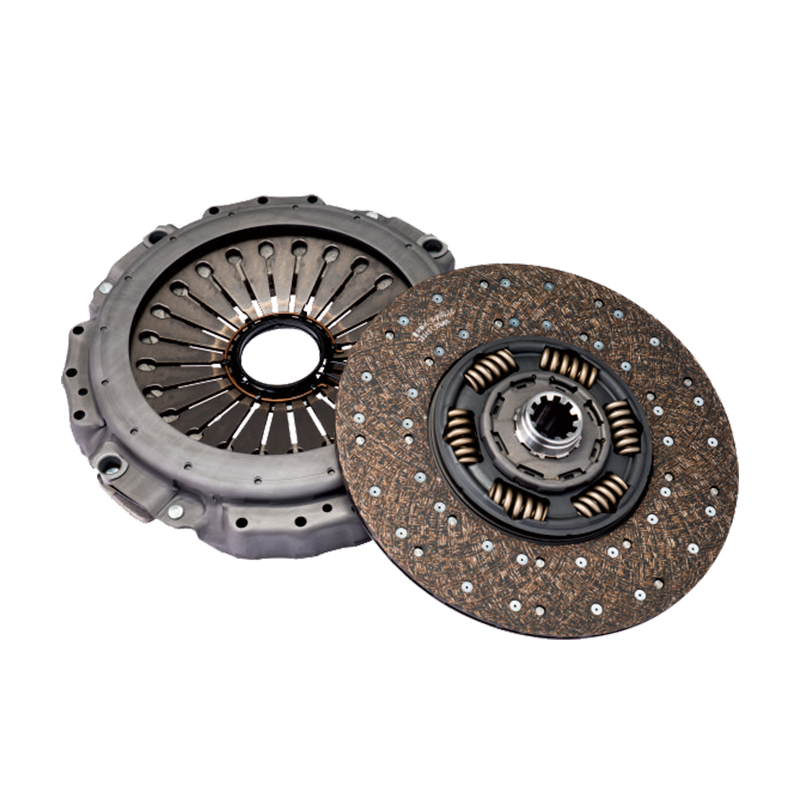
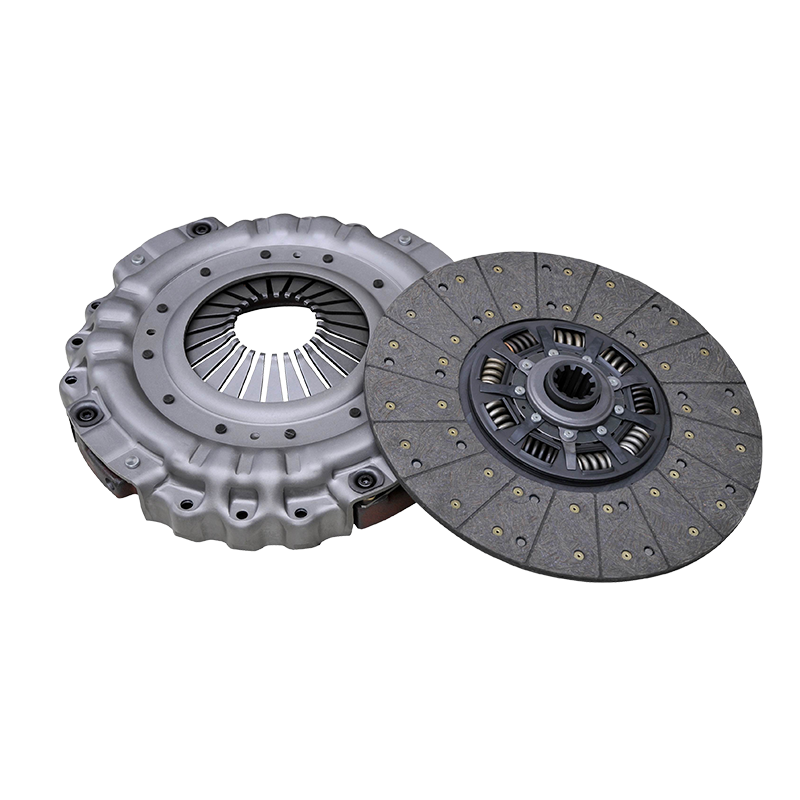
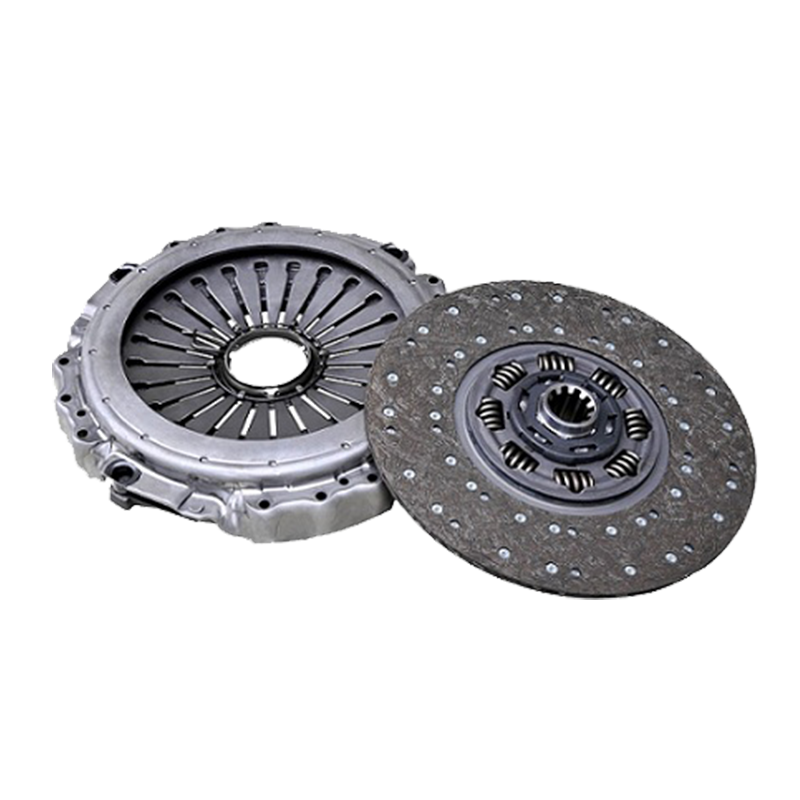
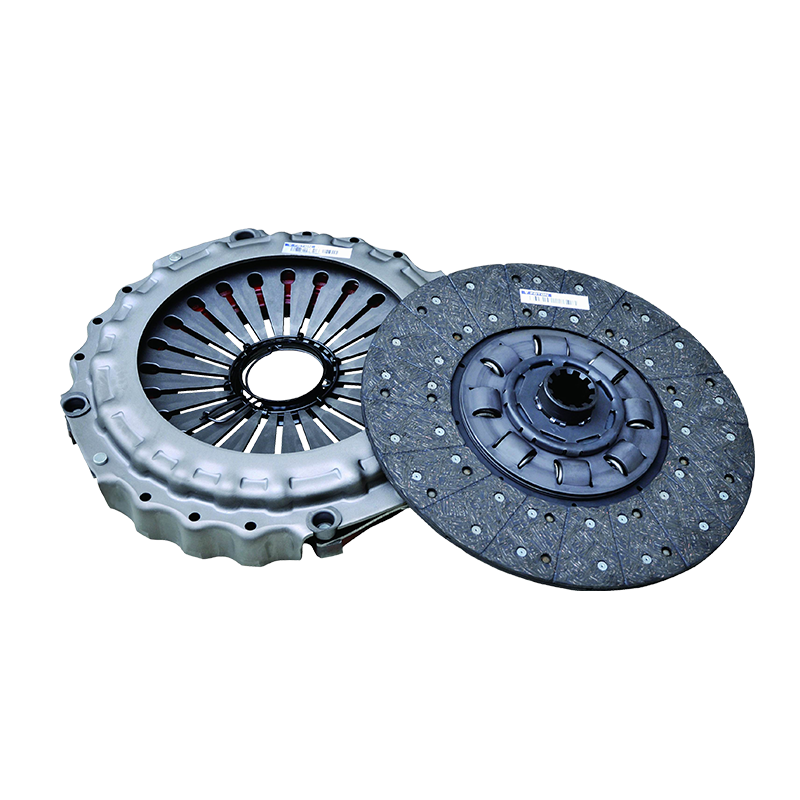
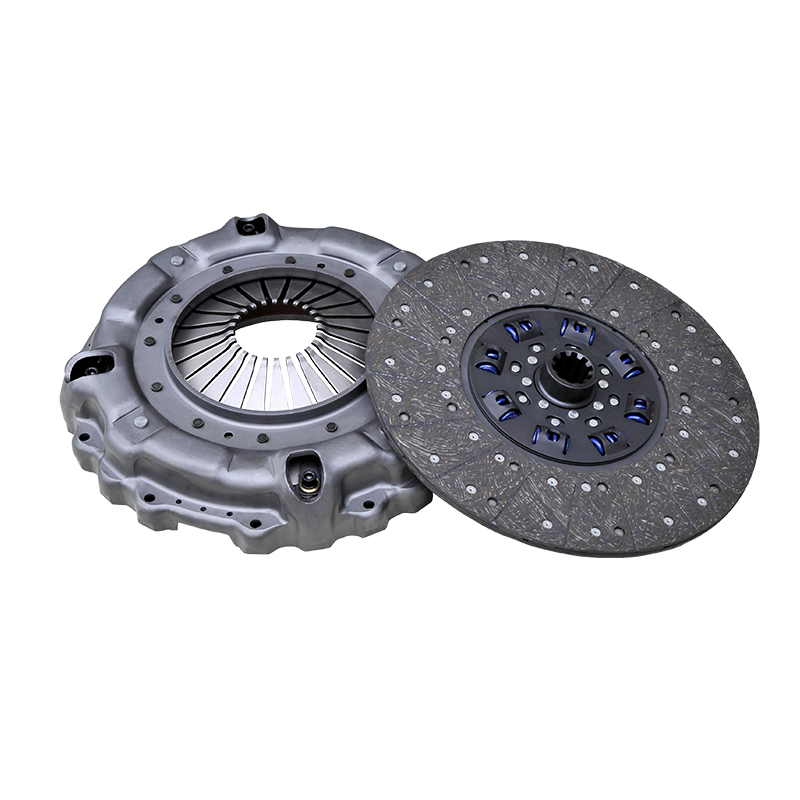
 English
English  No.25, Hu Chuang Road, New District Industrial Park, Suzhou, Jiangsu, China.
No.25, Hu Chuang Road, New District Industrial Park, Suzhou, Jiangsu, China.  +86-13338663262
+86-13338663262 
